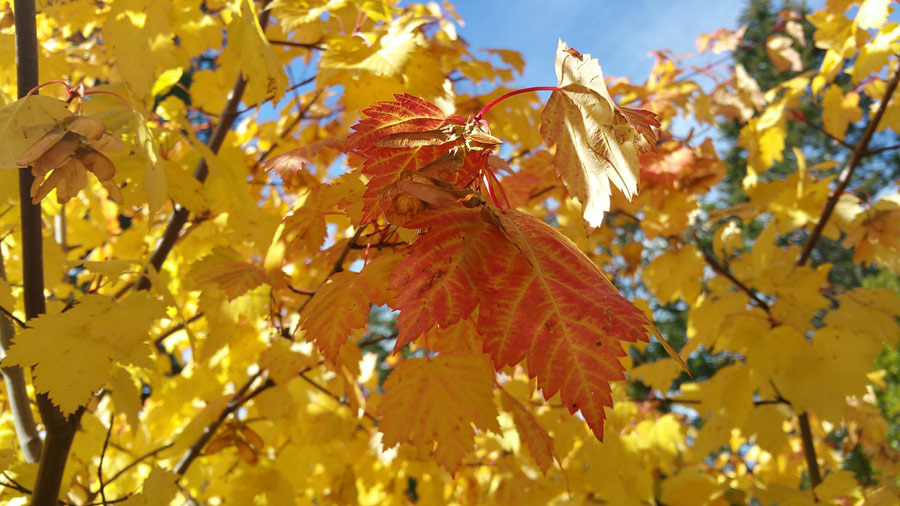When Should I Tap My Trees?

Sap flow in maples relies on a specific natural rhythm: freezing nights followed by warmer days. This cycle builds pressure inside the tree, pushing sugar‑laden sap out through the tap. While fall does have freeze‑thaw events, they’re less consistent than those in spring, limiting its reliability.
Throughout summer and autumn, maple trees stockpile energy as starch. It’s in late winter–early spring that enzymes convert this starch into sugar, enriching the sap. In fall, this conversion is far from complete, and sap sugar levels are much lower—meaning you’d need much more liquid for the same syrup yield.
Although uncommon, some hobbyists do tap in autumn:
Yes, you can tap maples in autumn, but sap volume and sugar content will be significantly lower than spring runs.
Scientific data and expert opinion indicate it’s generally inefficient and advise against it.
For a full, sweet, and sustainable harvest—plus better tree health—tap when spring comes, once regular freeze‑thaw cycles have begun.
Watch our video for more information about when to tap.
2 Comments
Cathy
People don’t tap in fall. Its bad for trees, produces poor quality product, is cost prohibitive and doesn’t increase production overall. This information comes from an experiment for the Forestry service in the 1960’s.
https://mapleresearch.org/wp-content/uploads/rp115.pdf
Angela
Hi Cathy
Thank you for weighing in and sharing your view. You are absolutely correct that there are many benefits to making maple syrup in the spring instead of the fall which is why fall tapping is so uncommon. That being said, there are folks who do tap in the fall for their own personal reasons. This article acknowledges that, yes, it is possible.